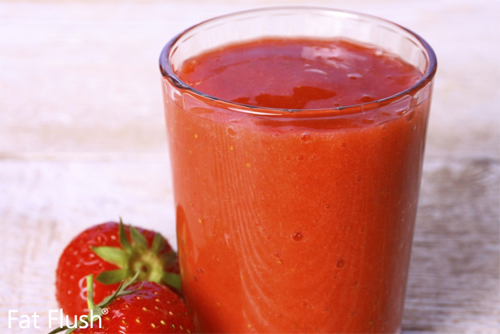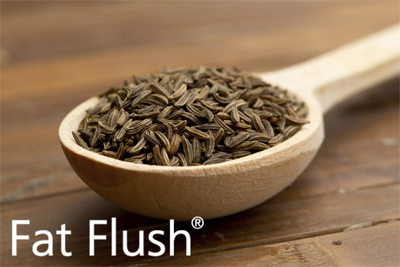For the average American, throwing away your salt shaker will hardly make a dent in your sodium intake. Salt is added so routinely by food manufacturers that it’s easy to overlook and difficult to escape.
It’s not just in chips and pretzels (obvious salty foods) but is also now in soups and breads, and even in some cereals and desserts like instant pudding!
These versatile tips can be used anywhere, anytime and will help you drastically reduce your sodium intake!
1. Avoid processed foods.
Products that come in boxes, packages, and cans are designed for a long shelf life and are the top source of salt in our diets. They also tend to contain sodium additives and preservatives, sugar and hydrogenated fats, all of which have been connected to health problems.
2. Think fresh and natural.
Nature designed foods that are perfect for us— low in sodium, high in nutrients. Fresh plant foods and unprocessed animal foods fit this description…all others don’t. Keeping this in mind, choosing foods low in sodium is relatively simple: when in doubt, reach for the more natural food choice.
3. Substitute unrefined sea salt or Real Salt for common table salt in your salt shaker.
This rule brings about another issue: the kind of salt you use is just as important as the amount of salt you use. Common table salt can be harmful because it doesn’t dissolve in the body and tends to build up. Unrefined sea salt and Real Salt, however, are “good” salts the body can use easily.
4. Use only the amount of salt that is right for you.
Reaction and requirement for salt, even to the “good” kind, is an individual response. There are different factors, such as health condition, age, and diet. Add the amount of salt that is right for you! At home, have each family member salt his or her own food.
5. Eliminate, or at least reduce, the amount of salt used in cooking.
Salt added during cooking accounts for about 45% of the sodium we consume! It is not tasted as well by our taste buds as salt that is added to foods after cooking, so we tend to add more.
6. Become a consumer-savvy food detective.
Pay attention! Seek out products that are low in sodium or have no salt added. An unsalted product used in place of a regularly salted ingredient can often reduce your sodium intake by hundreds of milligrams in one meal alone!
7. Make your meals come alive with savory salt-free seasonings.
Use garlic, herbs, and spices to amp up the flavor. You may never even miss the salt!
8. Use naturally salty nutritious foods like unprocessed cheese and reduced-sodium tamari in small amounts.
When your diet is —as a whole— low in sodium, you can afford small amounts of salty natural foods in your diet for flavor. Remember to consider them condiments though— a little bit of them can go a long way.
9. Emphasize the K factor at every meal.
K is the chemical symbol for potassium, a mineral that counteracts the effects of too much sodium in the diet. It is known to protect against hypertension, strokes, and heart disease. While all natural foods contain potassium, fresh fruits and veggies contain the most.
10. Eat for taste and good nutrition.
Don’t just eat for taste alone. Keep in mind, our taste for salt has far exceeded our need. Manufacturers and restaurants frequently take advantage of the human taste for salt, making profits off the sales. It’s important to keep in mind that your taste for salt can lessen, but your fundamental requirements for nutrients have to be met each and every day.
*Adapted from ‘Get the Salt Out: 501 Simple Ways to Cut the Salt Out of Any Diet‘*


